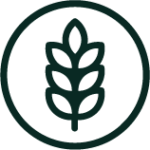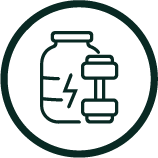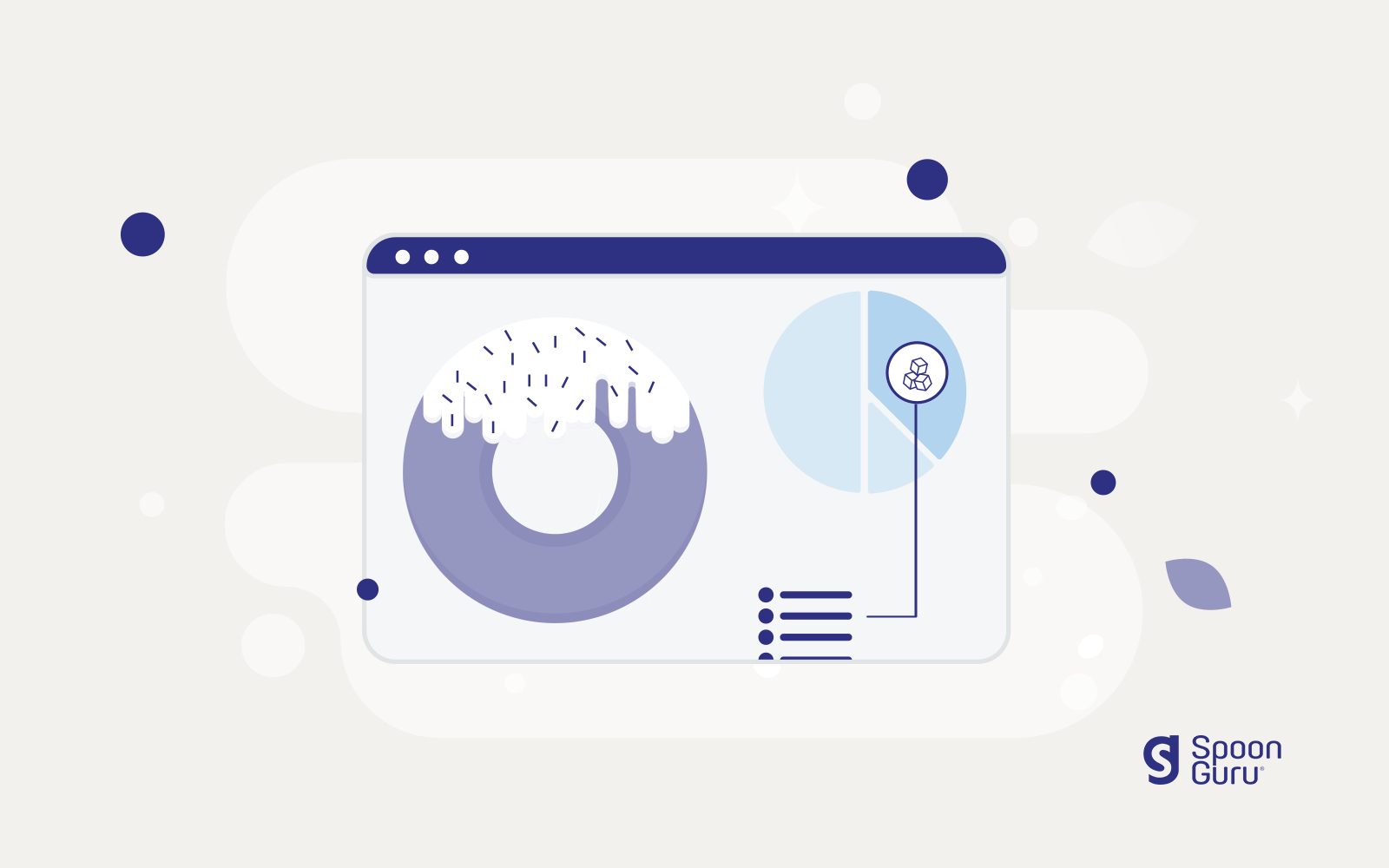We hear on a daily basis about what we should or shouldn’t be eating and drinking – from friends and family, GPs and health professionals, through to advertising and social media. Individual nutrients are often singled out, with fat and sugars being two of the most commonly focussed on. We hear about ‘good fats’, ‘bad fats’, ‘natural sugars’ and ‘added sugars’, leading to confusion about which types you should or shouldn’t consume. All of this is not helped by unqualified influencers providing dietary advice without an adequate level of nutritional knowledge.
Understandably there is uncertainty around which types of foods and drinks are the ‘healthier’ choices, and combined with the many different names ingredients can go by, it’s hard for consumers to make informed purchase decisions.
Take sugar for example. There are over 50 different names for sugar which are often added to our foods. We have the more recognisable types, for example:
- Sugars
- Syrups
- Juice concentrates
- Honey
- Molasses
But there are many more types of sugar that are harder to identify – ingredients ending in ‘ose’ such as:
- Glucose
- Sucrose
- Maltose
- Fructose and many more.
When sugars are added to foods or drinks, they’re called ‘free sugars’. Diets high in ‘free sugars’ have been linked to lots of health issues like tooth decay and obesity, leading to the World Health Organization (WHO) to recommend we try to reduce how many free sugars we consume. It’s therefore important that consumers are able to identify foods that are low in ingredients like free sugars, a task that can, and should, be made easier with the help of technology.
What makes a balanced diet
Because we eat food, and not nutrients, we should be making sure we have a varied and balanced diet without focussing only on single nutrients such as sugar. Although, we do need to keep these nutrients in mind when making our food choices.
Here’s what a well balanced diet should look like:
Eat good amounts of: |
|
|---|---|
 |
Fibre We can get this from wholegrain foods (like whole grain pasta, rice, oats and bread) and from fruits, vegetables, beans and pulses. |
 |
Protein This includes some dairy foods (or dairy alternatives), tofu, eggs, nuts and chicken. |
 |
Fruit & Vegetables These could be fresh, or even canned or frozen! It’s best to mostly have whole fruits and vegetables rather than juices and smoothies. |
Eat limited amounts of: |
|
|---|---|
 |
Salt Look out for the word sodium in the ingredients list e.g. monosodium glutamate (MSG) or sodium bicarbonate as well as different types of salt – e.g. rock salt or sea salt. |
 |
Saturated Fat Red meats are often high in saturated fats so try to choose leaner options like chicken or plant based alternatives. Look out for ingredients added to foods like butter, ghee, coconut oil and lard which are all high in saturated fats and choose unsaturated fats where possible. |
 |
Free Sugars Remember ingredients ending with ‘ose’ like fructose or glucose are usually sugars. Even ‘natural sugars’ like honey or maple syrup count as free sugars. |
The challenge for supermarkets
The majority of supermarket retailers now have a health strategy in place, but the complexity of modern product ingredient lists makes defining ‘healthy’ a challenge in itself. Our technology and nutritional expertise simplifies this, enabling retailers to help customers meet their health and wellness goals while simplifying the product search and discovery experience. Talk to us today about our proven AI solutions.
